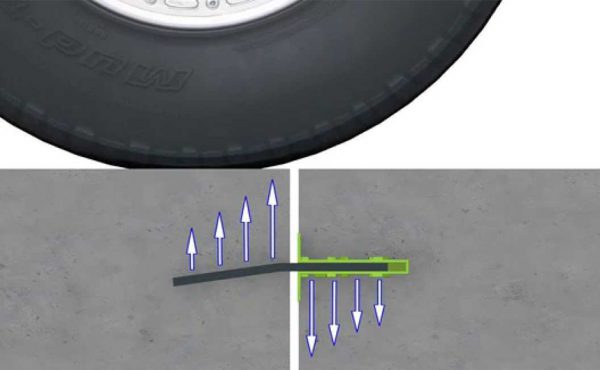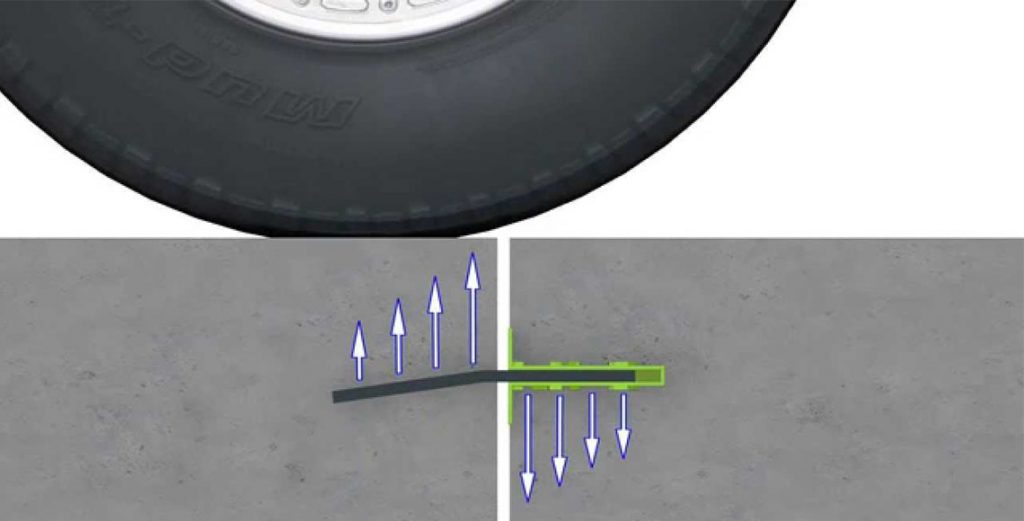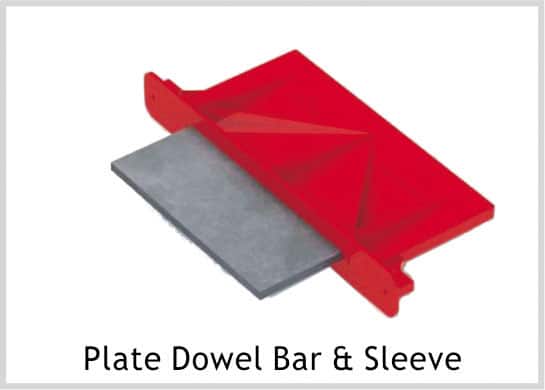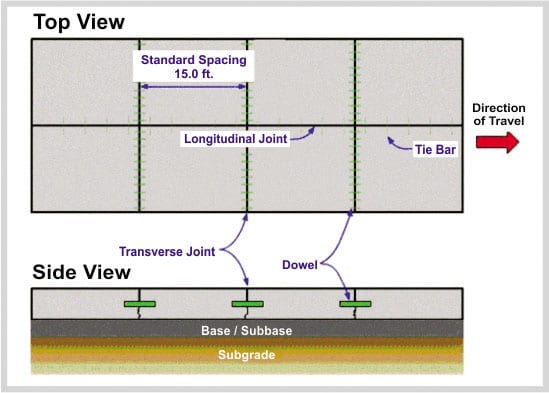
JOINTS AND LOAD TRANSFER: KEY TO FLOOR DURABILITY
- Durafloor
- November 15, 2021
- 12:53 pm


In a recent survey of facility professionals we asked the participants to identify their most “significant” concrete floor problem.
An astounding 92% responded with the answer “deteriorated joints.”
Joint deterioration has been a problem ever since the first hand-pushed cart was rolled across a concrete floor. It became a noticeable problem when pallet jacks and similar equipment was introduced. Now, with today’s large and sophisticated material handling vehicles so common, joint deterioration is reaching crisis proportions, especially in the warehousing and distribution industries. To a large degree the material handling industry sets the criteria that we in the concrete floor industry must meet.
The function of an industrial floor is to serve as a work platform, supporting the movement of material handling vehicles carrying raw materials or merchandise. Floors that are smooth and interruption-free allow optimum movement and productivity. Joints serve several functions within floors: they are the ends of pours; they induce shrinkage cracks to follow straight lines; they allow for seasonal slab expansion/ contraction; and they provide the linkage between smaller slab segments.
To accommodate all these functions, joint design must incorporate the four following principles:
1.Narrowness
Joints should always be as narrow as possible to minimize their overall exposure to hard wheels. A 6.5 mm wide joint has twice the exposure to wheel impact as 3 mm joint. This width difference can be critical when joints are subjected to 100 mm diameter, solid wheel traffic. Early entry saws have allowed for standard joint widths to be narrower than was possible with wet cut saws.

2. Plumbness
Joints that are not perpendicular to the floor surface plane will have an overhang on one side. This overhang can readily be broken off by traffic loads.

3. Load Transfer For all the smaller floor segments to act in unison under load they must be “connected,” so individual panels do not deflect under load. This load transfer is generally accomplished with the use of dowels or through “aggregate interlock,” though aggregate interlock is not normally sufficient as slabs contract and joints open wider than originally sawn.

4. Protectability Joints must be created in a way that allows a subsequent joint filler to protect joint edges from wheel inflicted damage. For a filler to properly protect a joint, the joint needs to have 90° vertical walls (i.e. not “tooled”) and certain minimum width and depth dimensions may be necessary.


